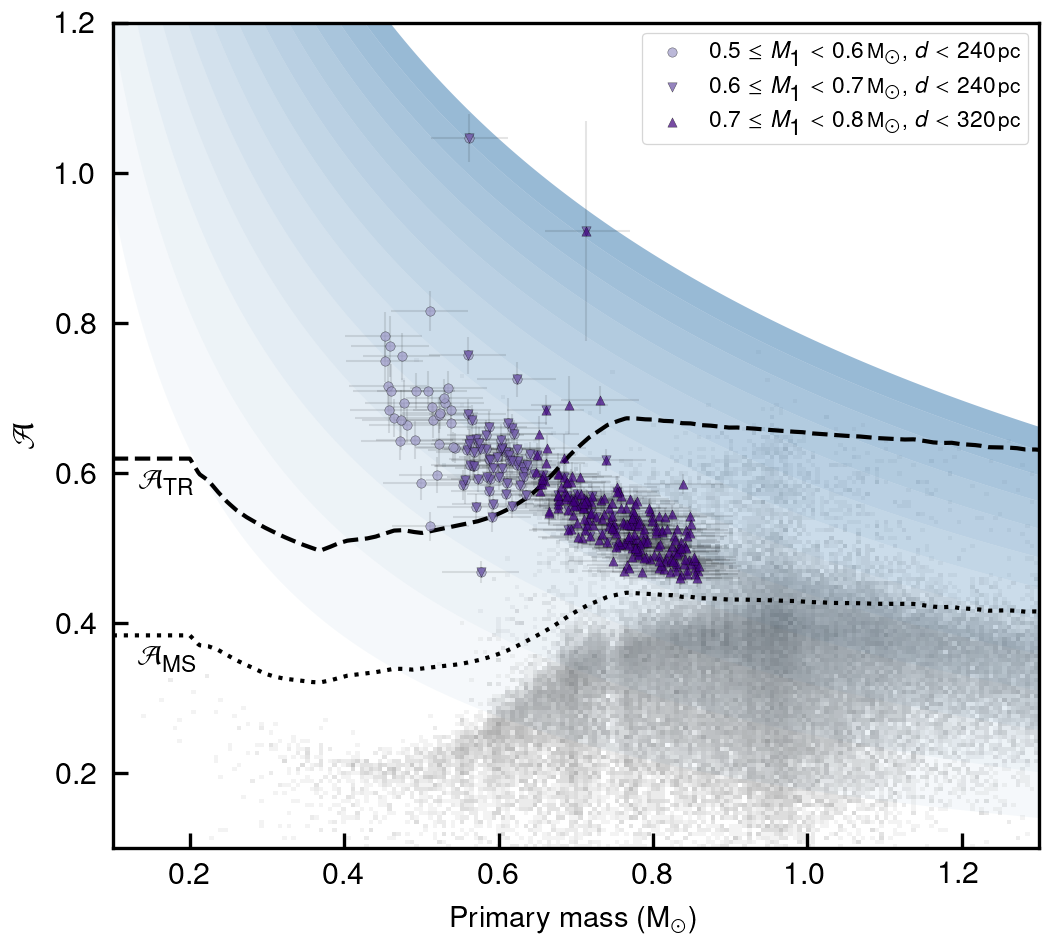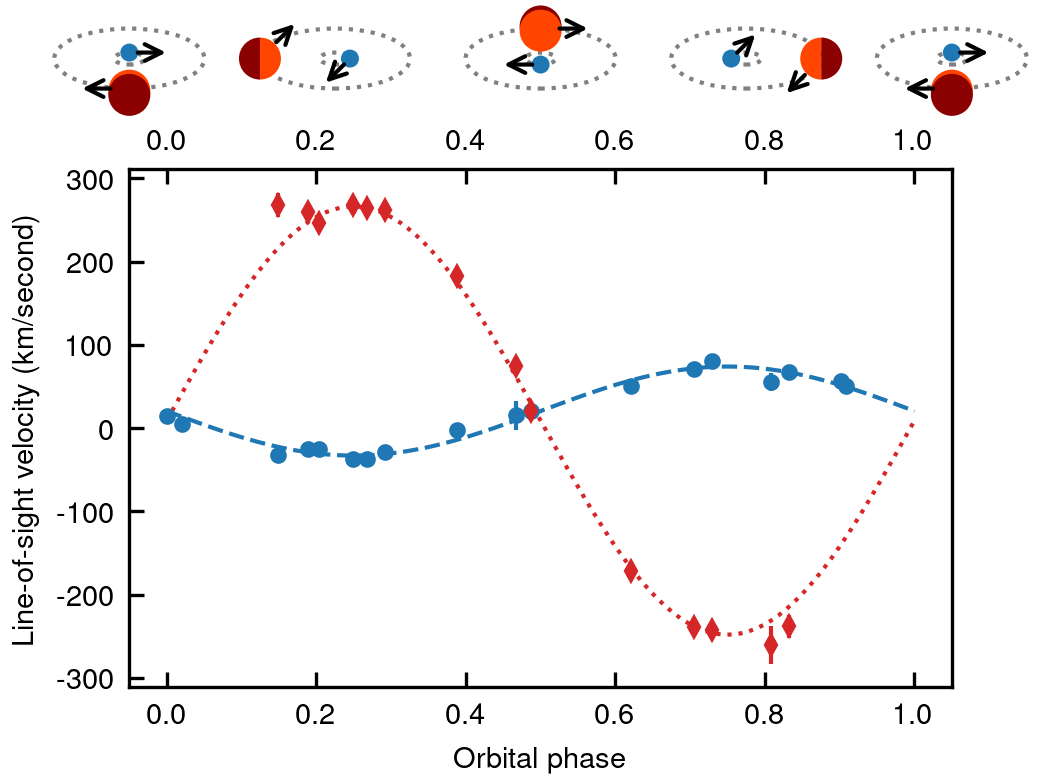White dwarfs in binary systems
The multiplicity properties of the white dwarf (WD) population have crucial implications to a variety of astrophysical and cosmological phenomena. As the descendants of interacting binaries, WDs with companions in relatively close orbits hold the key to understanding the physical processes of binary interaction. Binary systems consisting of two WDs ("double WDs", DWDs) are a major source of low-frequency gravitational waves (GW) that will be detected by the next generation of space-based GW observatories, like LISA. Such systems are also the potential progenitors of Type-Ia supernova explosions. Yet despite their importance, our current knowledge of the population of DWDs is very limited, and poorly constrained by observations. As a result, the physical processes of binary interaction, including mass transfer and common envelope, are only crudely described by theoretical models. In my research, I study WDs in various types of binary systems, trying to get a better picture of the population of WDs in binaries.


